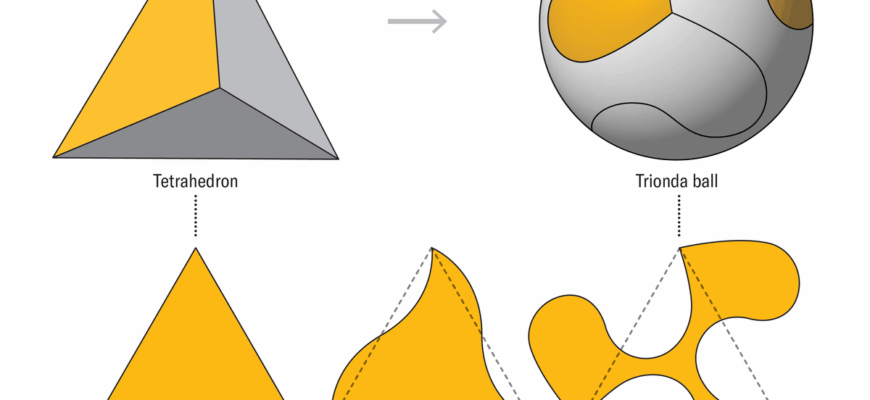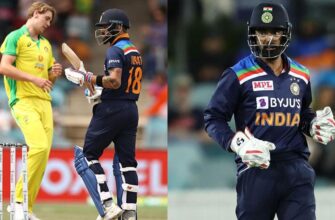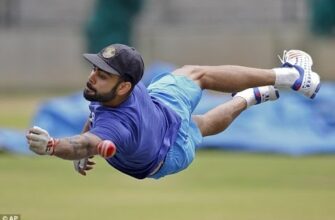In the grand theater of the FIFA World Cup, where legends are forged and dreams take flight, the humble football often appears as the sport`s most straightforward component. A simple sphere, kicked around a field – what could be more elementary? Yet, beneath the surface of this apparent simplicity lies a world of profound engineering, relentless innovation, and a scientific quest for perfection. Enter the Trionda, Adidas` official match ball for the 2026 World Cup, an emblem of cutting-edge technology designed to be felt, but never truly seen, by the millions watching.
A Name Steeped in Host Culture, A Ball Forged in Science
The Trionda`s identity is intrinsically linked to its three host nations: the United States, Canada, and Mexico. Its name, a clever fusion of `Tri` (for the trio of countries) and `onda` (the Spanish word for wave or vibe), is complemented by a design motif incorporating their national colors. While these aesthetic choices offer a respectful nod to the hosts, the true marvel of the Trionda resides in its hidden attributes and the arduous, multi-year journey from concept to kick-off.
Adidas, no stranger to crafting World Cup balls, has elevated its game with the Trionda. Solene Stormann, Adidas` global category director of football hardware, succinctly put it: “The World Cups are all unique, so the balls are also very unique each time.” This philosophy has driven the Trionda through an unprecedented gauntlet of innovation and testing, culminating in a product designed to be so seamlessly integrated into the game that its presence is almost imperceptible.
The Climate Conundrum: Engineering for a Continent
Perhaps the most ambitious undertaking in the Trionda`s development was its design for a continent. The 2026 World Cup will span an astonishing 16 host cities, stretching from the temperate climes of Vancouver to the high altitude of Mexico City. This geographical diversity presents a significant challenge: how to ensure a ball performs identically, regardless of humidity, temperature, or altitude?
Adidas tackled this with a meticulous, climate-first approach. The Trionda features a specially engineered texture with an “extra grip,” developed to maintain consistent feel and performance across varied environmental conditions. Initial simulations in controlled labs were followed by extensive real-world trials, with players from MLS`s Vancouver Whitecaps to Liga MX`s Tigres providing crucial feedback in seven of the host cities. This wasn`t merely a field test; it was a climatic baptism, ensuring the ball would rise to the occasion, whether in a dry desert heat or a humid coastal evening.
The AI Heartbeat: Smarter Decisions, Deeper Insights
Following in the footsteps of its predecessor, Al Rihla (the 2022 World Cup ball), the Trionda incorporates an advanced, AI-powered chip. However, this iteration marks a significant leap. No longer centrally placed, the chip is now subtly lodged in the side of the ball, optimizing its data capture capabilities. This isn`t just a gimmick; it`s a game-changer.
The AI system is engineered to deliver real-time insights, primarily benefiting referees by enabling faster and more accurate decision-making. Imagine a world where offside calls are resolved with unprecedented speed and precision, or contentious handball situations are clarified in an instant. Beyond officiating, this data trove holds immense value for Adidas itself, informing future innovations and pushing the boundaries of sports technology.
Hannes Schaefke, Adidas` football innovation lead, highlights the chip`s transformative potential for understanding the game: “From a technological perspective, in performance tracking, the ball was sort of the last frontier because it was super hard to track this from an optical standpoint, almost impossible.” With the Trionda, metrics like touch frequency during a dribble – previously unattainable – are now quantifiable. This unprecedented depth of data promises to reshape tactical analysis and player development, offering a granular view of the game previously reserved for science fiction.
The Aerodynamic Alchemist: Perfecting Flight
The history of World Cup balls isn`t without its controversies. The Jabulani (2010) and Telstar 18 (2018) famously drew ire from goalkeepers and players alike for their unpredictable trajectories and perceived lack of control. These past “disasters,” as some dubbed them, underscored the critical importance of aerodynamics.
The Trionda is a testament to learning from these lessons. Its construction features four “fluid” panels, a significant departure from Al Rihla`s 20 geometric panels. This isn`t an aesthetic choice, but a calculated engineering decision. Solene Stormann explains that it`s the “combination of the panel with its seam length and the debossing lines… how they are homogeneously placed” that dictates aerodynamic performance.
To perfect this, Adidas employs a rigorous scientific approach. Their in-house labs conduct extensive “robo-like testing,” while external partners like Loughborough University utilize wind tunnels to meticulously analyze criteria such as in-flight stability, launch speed, swerve, and precision. The goal is clear: a ball that flies true, predictably, and consistently, removing any element of chance introduced by its design.
The Ultimate Verdict: Player Validation
While lab tests and scientific data provide an objective foundation, the ultimate arbiters of a football`s success are the players themselves. “We also want to validate it through the players because they also have a perceived way of seeing if it performs for them or not,” says Stormann. From amateur kickabouts to elite professional training sessions, player feedback is integrated at every stage, bridging the gap between scientific theory and on-field reality.
As the 2026 World Cup approaches, national teams will gain access to the Trionda for training sessions months in advance, allowing them to acclimate to its unique characteristics. The hope is that by the time the first whistle blows on June 11, the Trionda will seamlessly blend into the spectacle, an essential but silent participant in the beautiful game. Its genius will lie in its invisibility, allowing the focus to remain where it truly belongs: on the players, the drama, and the unfolding stories of football`s greatest tournament.







